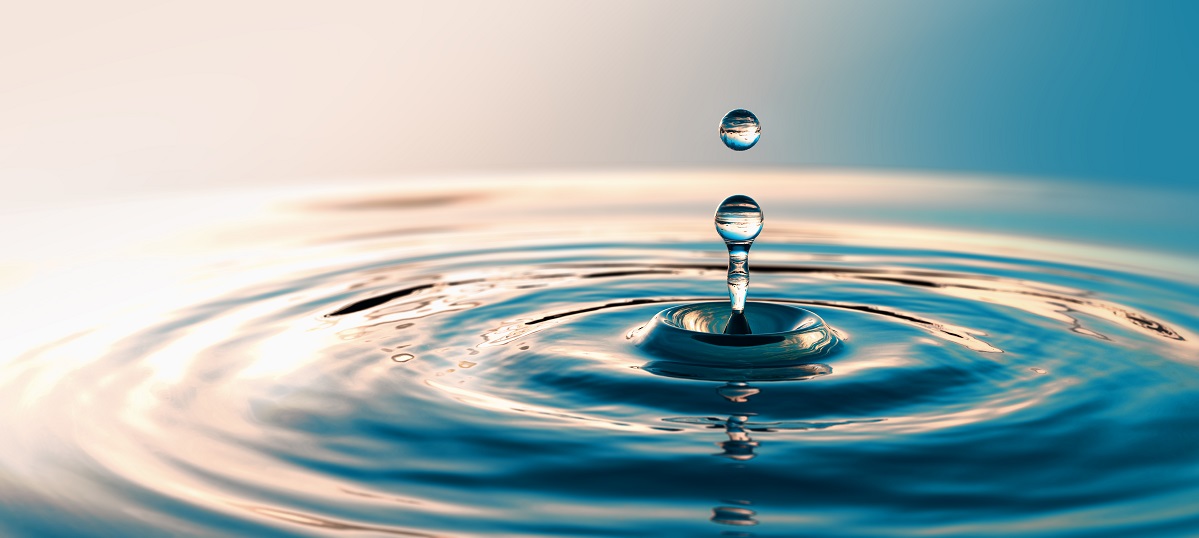How Does a Water Softener Work?
Posted by Discount Water Softeners on Jun 10th 2021
Water, the Universal Solvent
Water is rightfully called the “universal solvent” because it’s capable of dissolving more substances than any other liquid. Wherever water travels—through the air, the ground, or our bodies—it takes along chemicals, minerals, and nutrients. This is significant for every living thing on earth. Readily available, clean, safe, drinking water is a fundamental need, which is why it’s necessary to consider our water sources as a valuable link to health and safety.

Our water, whether derived from wells, rivers, lakes, or streams, holds varying levels of contaminants in the form of dissolved solids. The total dissolved solids are the salts or minerals contained in the water source, and can be broken down into ions. Hard water is water that has high dissolved mineral content. Rainwater and distilled water are soft, as they contain few ions. Surface water from lakes, streams, and rivers generally have low levels of hardness. Hard water is most commonly found in ground water as this type of water comes in direct contact with minerals that can be dissolved. In places where hard water is a concern, water softening is commonly used to reduce its adverse effects.
Many people own water softeners or have considered installing one to achieve more desirable water, but often aren’t sure how a water softener works, or the process from hard water to soft. So what is a water softener exactly? A water softener is an ion exchange system that removes high concentrations of calcium and magnesium, the minerals that cause hard water. Water flows in and through a softener system, filtering out hard minerals, then softened water flows out, and throughout a home. Water softeners serve a critical function in homes and businesses, keeping piping and appliances from hard water damage and mineral build-up.
How Does a Water Softener Work?
Most water softeners are built with two tanks. The wider and shorter tank where the salt is stored is called the brine tank. The taller tank with the control valve at the top is called the media tank. The media tank is where tiny beads called resin are housed. Resin is charged with sodium ions. The sodium ions from the salt in the brine tank attach to the resin beads, and as the water in your home passes through the media tank and over those beads, hard minerals in the water, like calcium and magnesium, stick to them.
As hard water flows through, the calcium and magnesium (positive) ions take the place of the sodium (negative) ions due to their stronger positive charge. The process of removing these hard minerals is called ion exchange. The resin can only hold a certain amount of hardness ions, so when it reaches its capacity, the resin will need to be regenerated, or cleaned of hardness ions and recharged with sodium ions from the brine tank.
A meter inside the control valve measures how much water you are using in your home. When you get close to exceeding the capacity, or the ability of those beads to soften more water, the beads will need to be regenerated and the tank cleaned out. Regeneration typically takes place once a week in the middle of the night, or when there is little water usage in your home.
The first stage in regeneration of a downflow water softener is backwashing. During this process, the media inside the tank is backwashed and any sediment and dirt is flushed down the drain. Next is the brine cycle. The water touching the salt inside the tank creates a brine solution. That solution is drawn from the brine tank into the media tank and washes over the resin beads, releasing the calcium and magnesium minerals and flushing down the drain.
Following the brine cycle is the rinse cycle. This is when water is washed over the beads and cleans any leftover hardness minerals and brine. The last stage is the fill cycle. The valve predetermines the amount of water that it adds to the salt to make the brine so that it is ready for the next regeneration. Once this is complete, the water softening system can again soften the water.
Home Water Softeners
Installing a water softener in your home can improve the efficiency of hot water systems, and water-using appliances. Not only will appliances work better, they work longer, and without frequent repairs due to clogging and mineral build-up. Soft water is also better for your skin, it makes hair softer and easier to manage, and it enables soaps and detergents to lather and clean correctly. A water softener from Discount Water Softeners is a smart investment for your home, offering significant benefits. When hard water becomes your reality, a softener system is the best and easiest solution.

